OMA’s Lafayette Anticipations in Paris is a ‘curatorial machine’
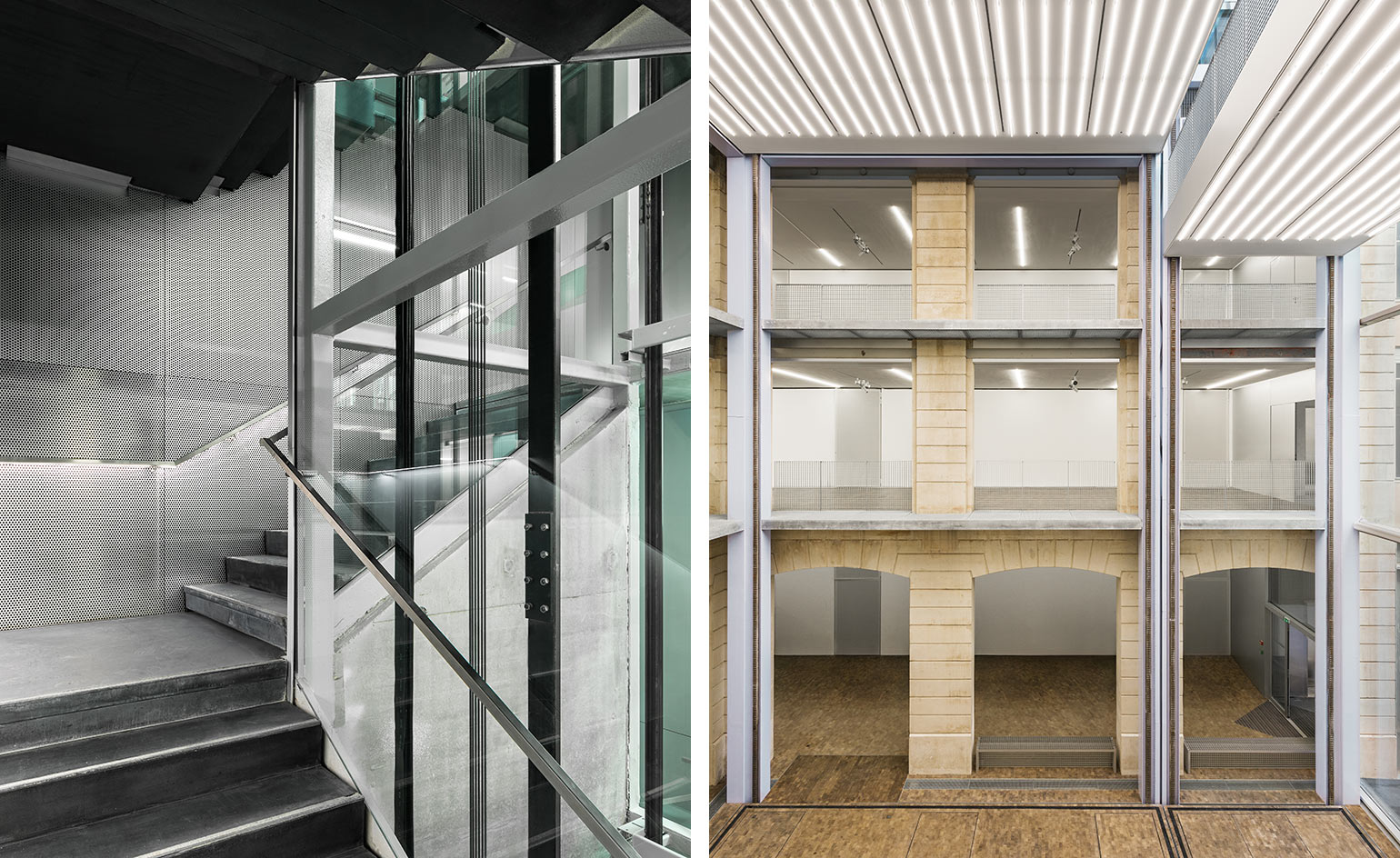
Architects often talk about flexible buildings, interiors that can easily adapt to different needs, ready to accommodate several functions. But you’d be hard pressed to find one that took the meaning of this as literally as Rem Koolhaas’ practice OMA did in its most recent project in Paris, Lafayette Anticipations, its first finished building in the French capital.
Faced with a 19th-century industrial structure on a relatively modest site in the Marais, and a brief from Fondation d’Entreprise Galeries Lafayette to create an art centre fit to host three to four annual shows, plus performances and workshops, the architects approached the design with a truly open mind.
The result, Lafayette Anticipations, is a ‘curatorial machine’ of a building, with an adaptable interior that gives spatial exibility a new meaning. ‘Paris is replete with prestigious collections, yet no place is absolutely dedicated to the work of artists or to the production of their pieces,’ says Guillaume Houzé, president of Fondation Galeries Lafayette.
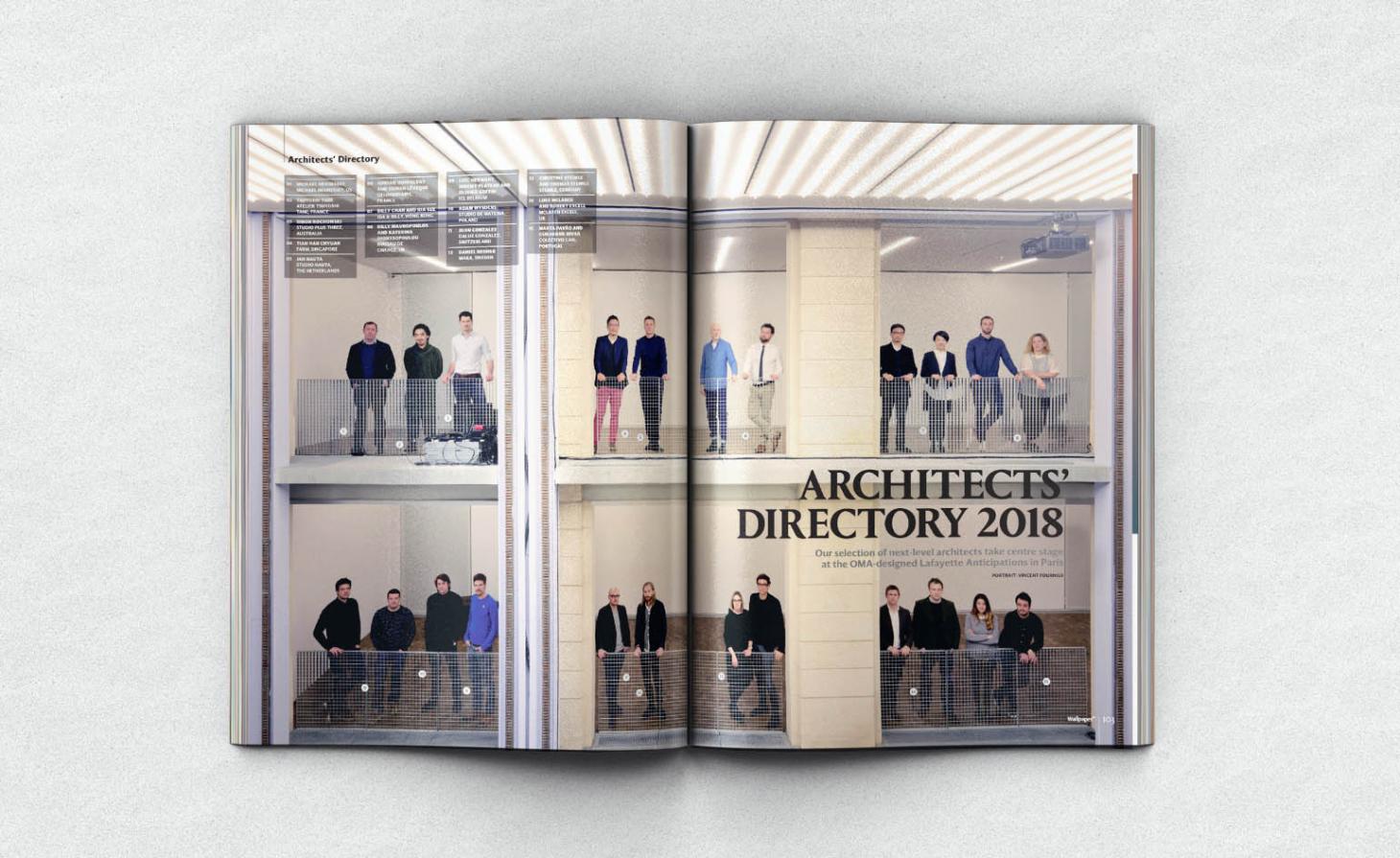
Our selection of next-level architects take centre stage at the OMA-designed Lafayette Anticipations in Paris.
‘There was thus an opportunity to establish, in the heart of the city, a toolbox giving creators the chance to multiply their capacities and actions, prompting the emergence of new forms and ideas, then sharing them with the greatest number. Within the 9 rue du Plâtre building, OMA made these aspirations a reality.’
In order to achieve this, OMA completely gutted the existing structure (built in 1891 by French architect Samuel Menjot de Dammartin for Xavier Ruel’s Bazar de l’Hôtel de Ville), keeping the interior simple and uncluttered, while transforming the courtyard at its heart into a glass ‘exhibition tower’ composed of four mobile platforms.
‘We were asked to accommodate an institution that offers carte blanche to artists in a building entirely protected by heritage regulations,’ says OMA project architect Clément Périssé.
‘Only a machine could solve this. By inserting a moveable mechanism into its courtyard, the only space open to intervention, we activated the entire existing building and gave it the potential to serve this ambitious project.’
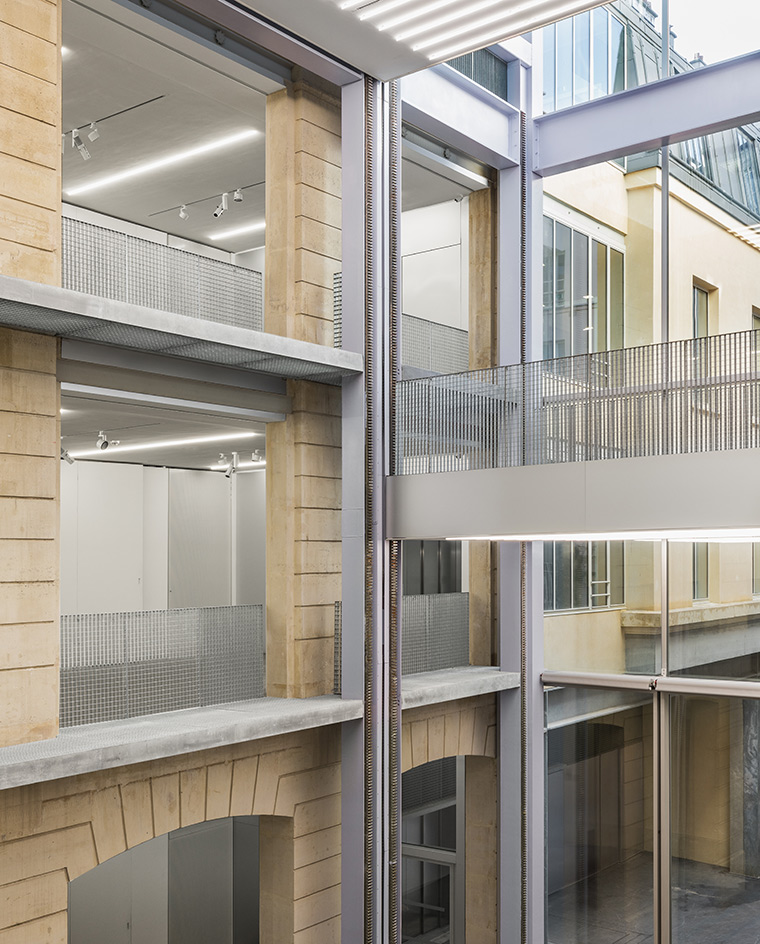
The central ‘rack and pin’ system allows the floors to move and be adaptable to the work on show.
The gallery now spans 2,200 sq m and includes 875 sq m of exhibition space, as well as production workshops, visitor engagement areas, an organic, vegan, gluten-free café-restaurant, and a store, within one beautifully composed, well-oiled ecosystem clad in timber, concrete, anodised aluminium, galvanised steel grating and limestone.
The gallery’s holistic vision also allows for artwork to be made on site, with its facilities open to professionals from a wide variety of disciplines, including fashion, design, visual arts and performance.
Referencing the opening show by American artist Lutz Bacher, Houzé says, ‘Numerous pieces presented in the show will have been produced in the Lafayette Anticipations workshop. Here, the diversity of the artists and their work will encourage new opportunities for spatial cohabitation within our modular environment.’
As originally featured in the July 2018 issue of Wallpaper* (W*232)
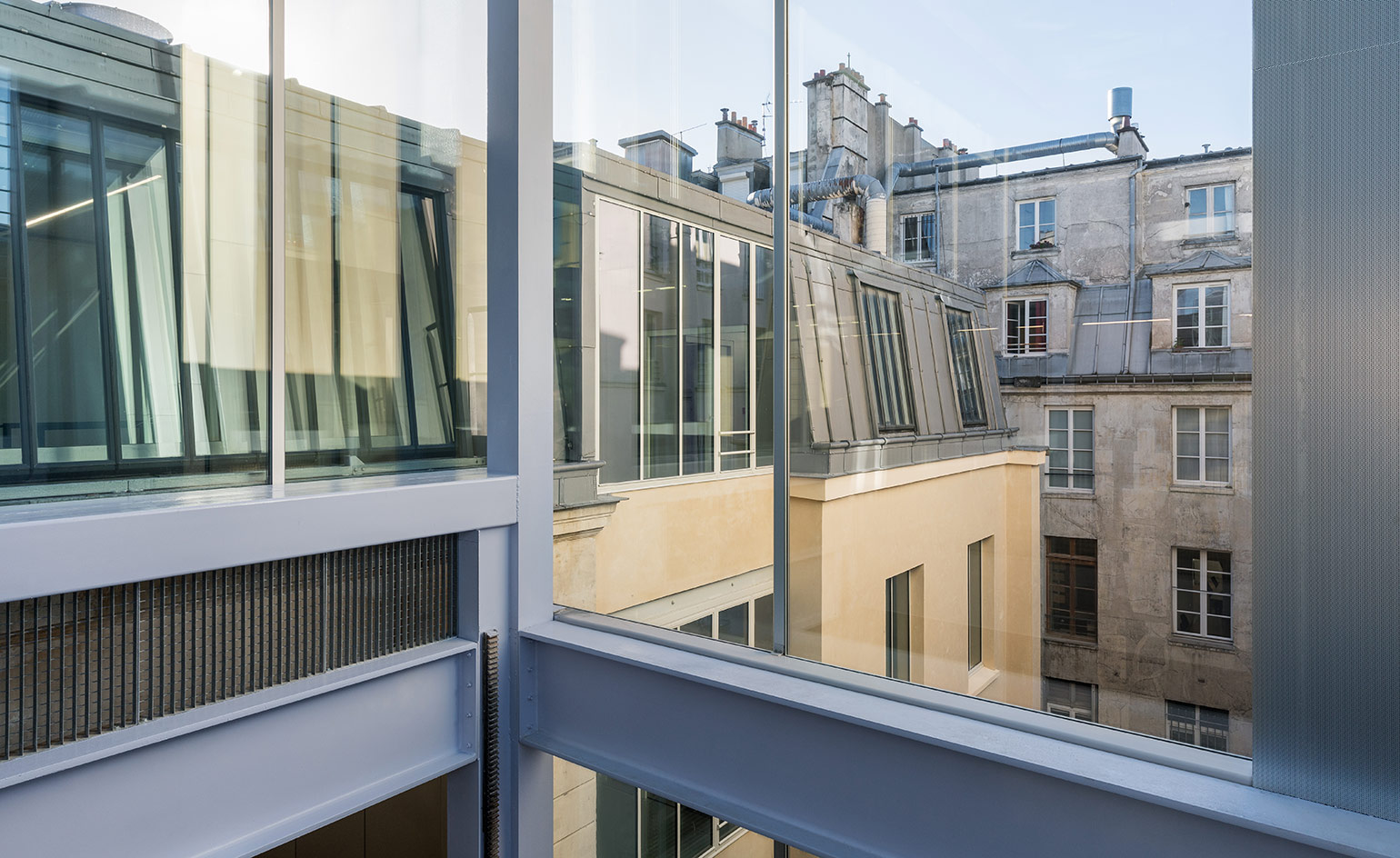
The building was a renovation of an existing 19th-century building at 9 rue du Platre in Paris
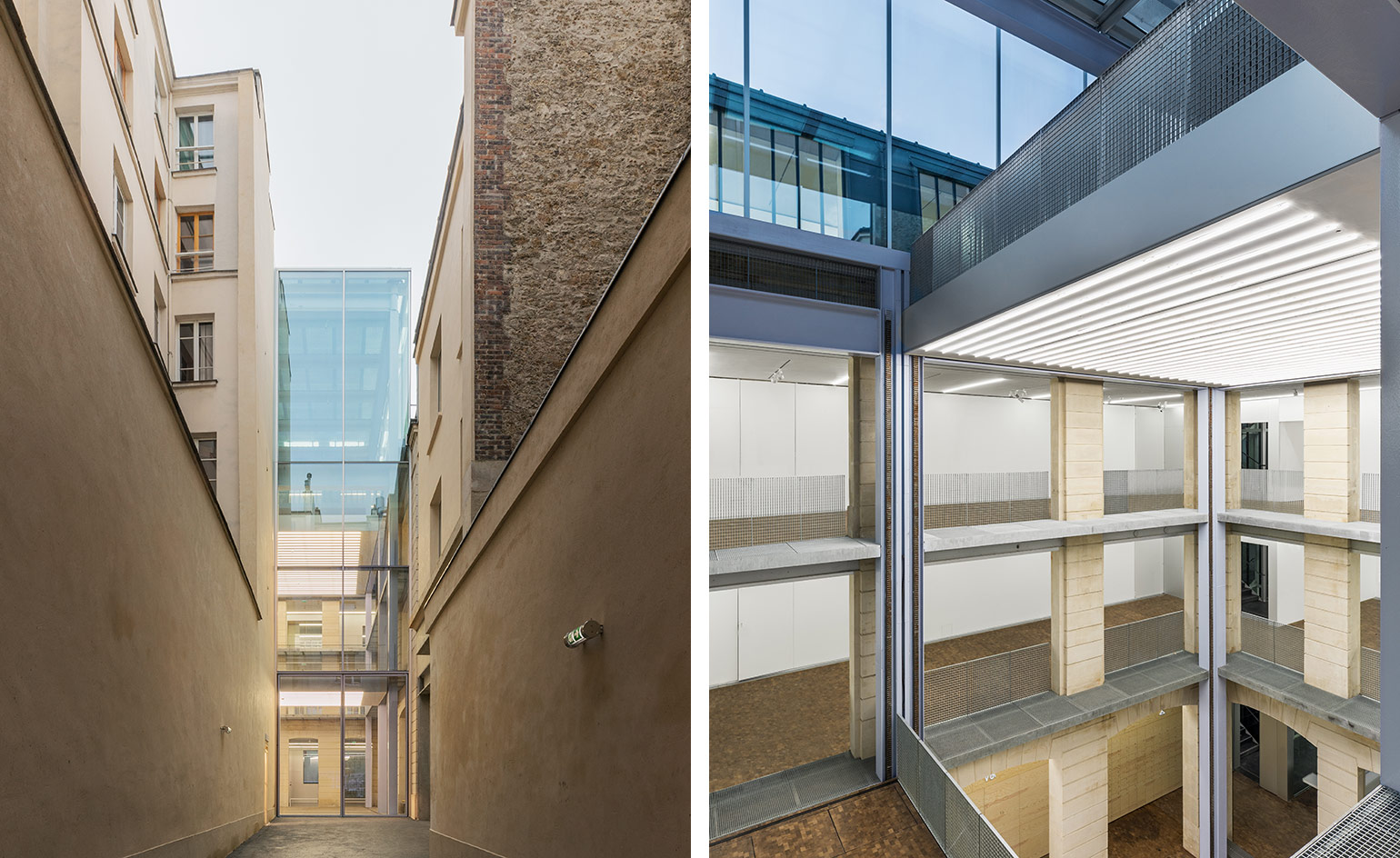
The building is a unique system of four moving floors which can move up and down within what used to be the building’s courtyard
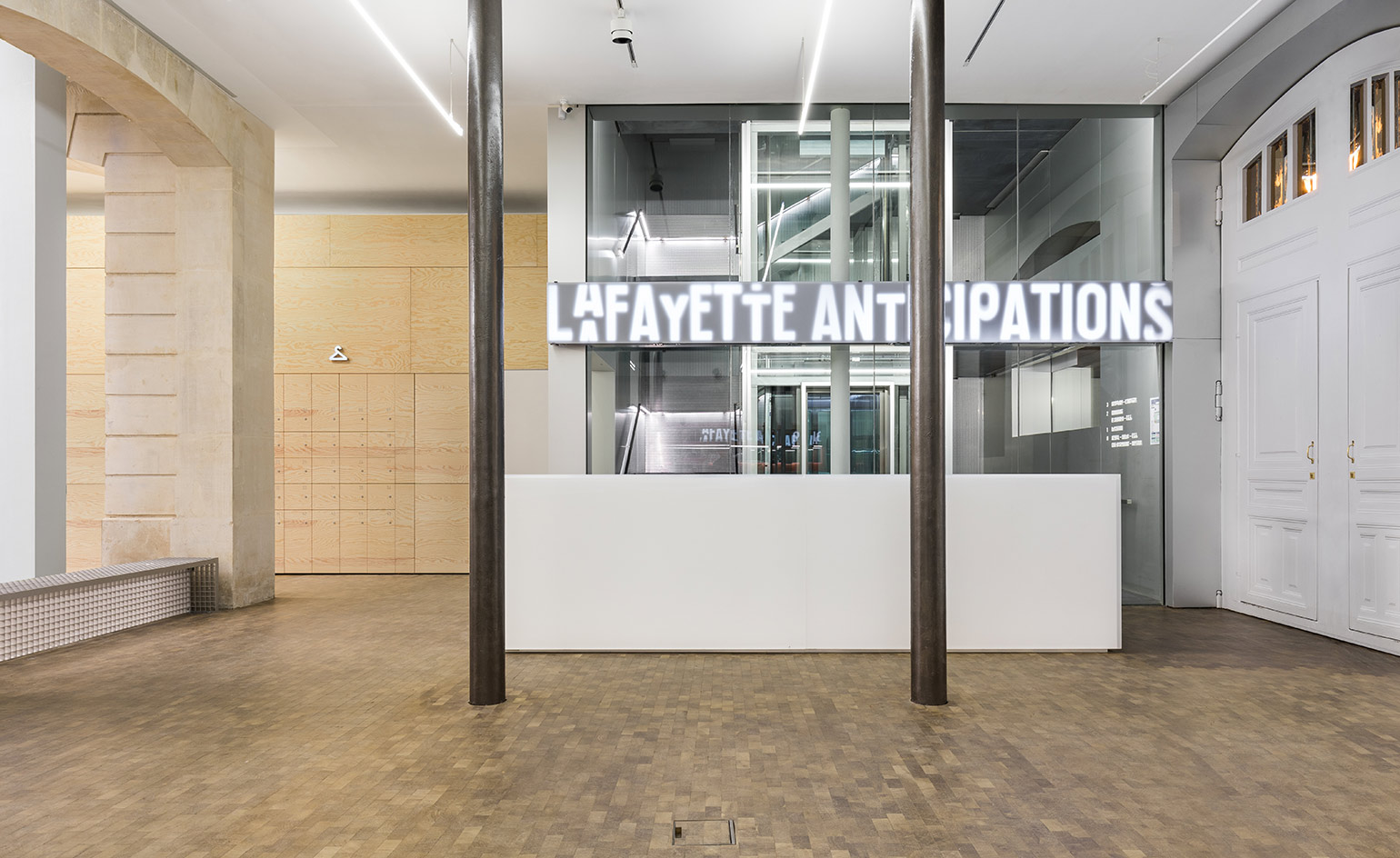
Each floor is divided into two parts, 49 different configurations are possible
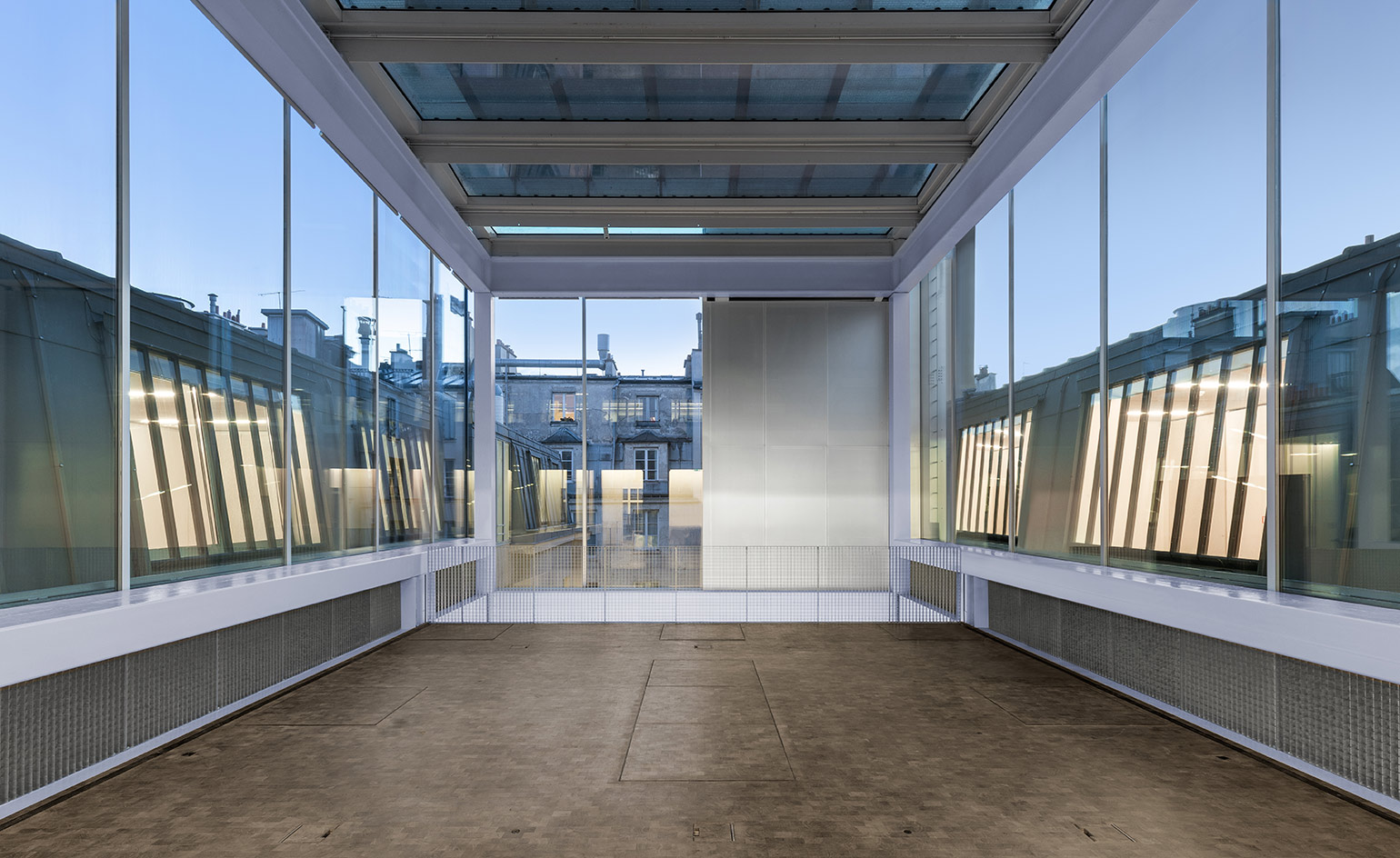
The space provides flexible conditions for performance and display as well as facilities for production on the lower ground floor
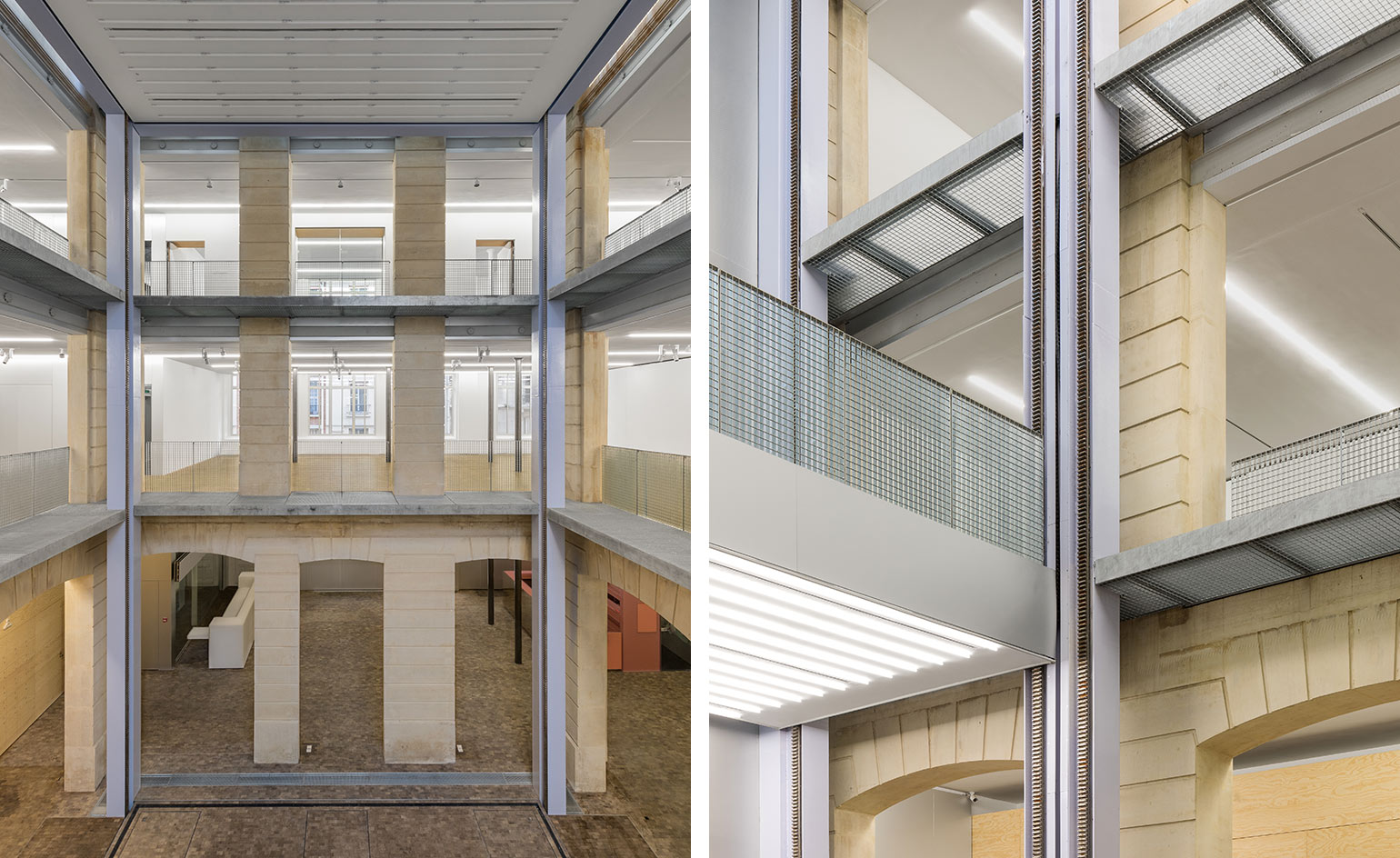
The U-shaped building is lined in sheet aluminium, with balcony walls created from OMA-preferred aluminium grid
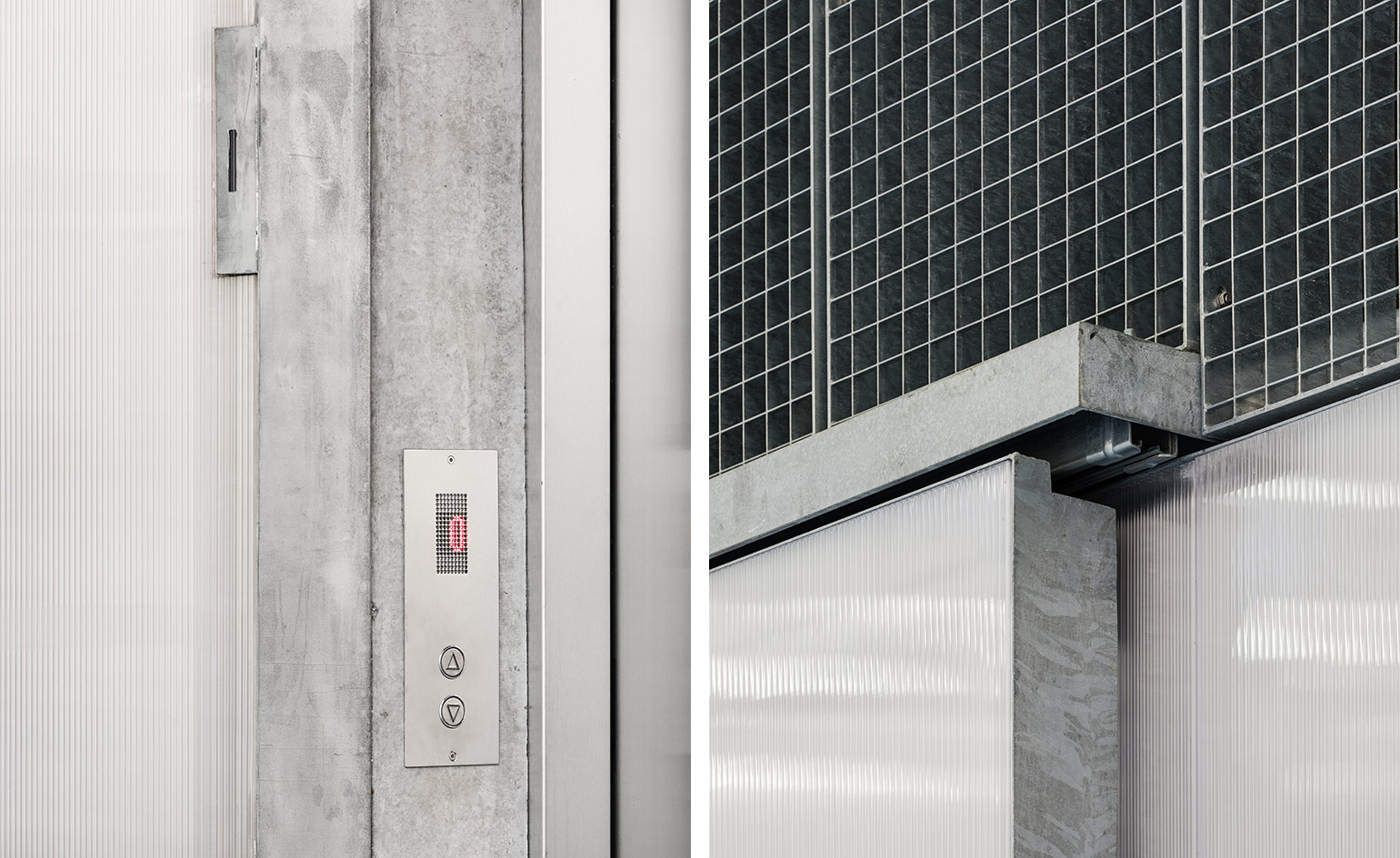
Sheet aluminium and grids bring an industrial feeling to the interior
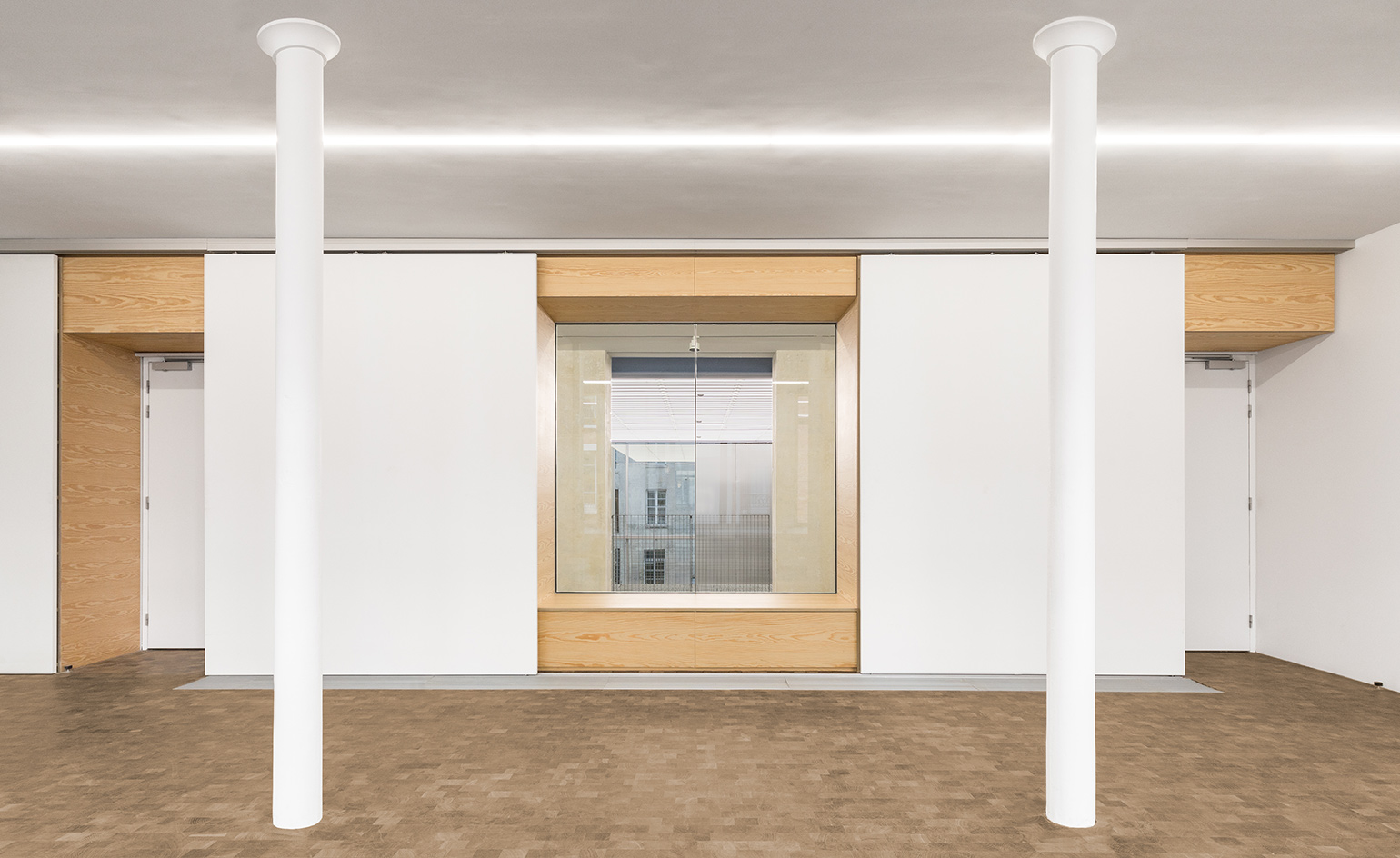
Maintaining elements of the building made the project more challenging, but also more exciting for the architects
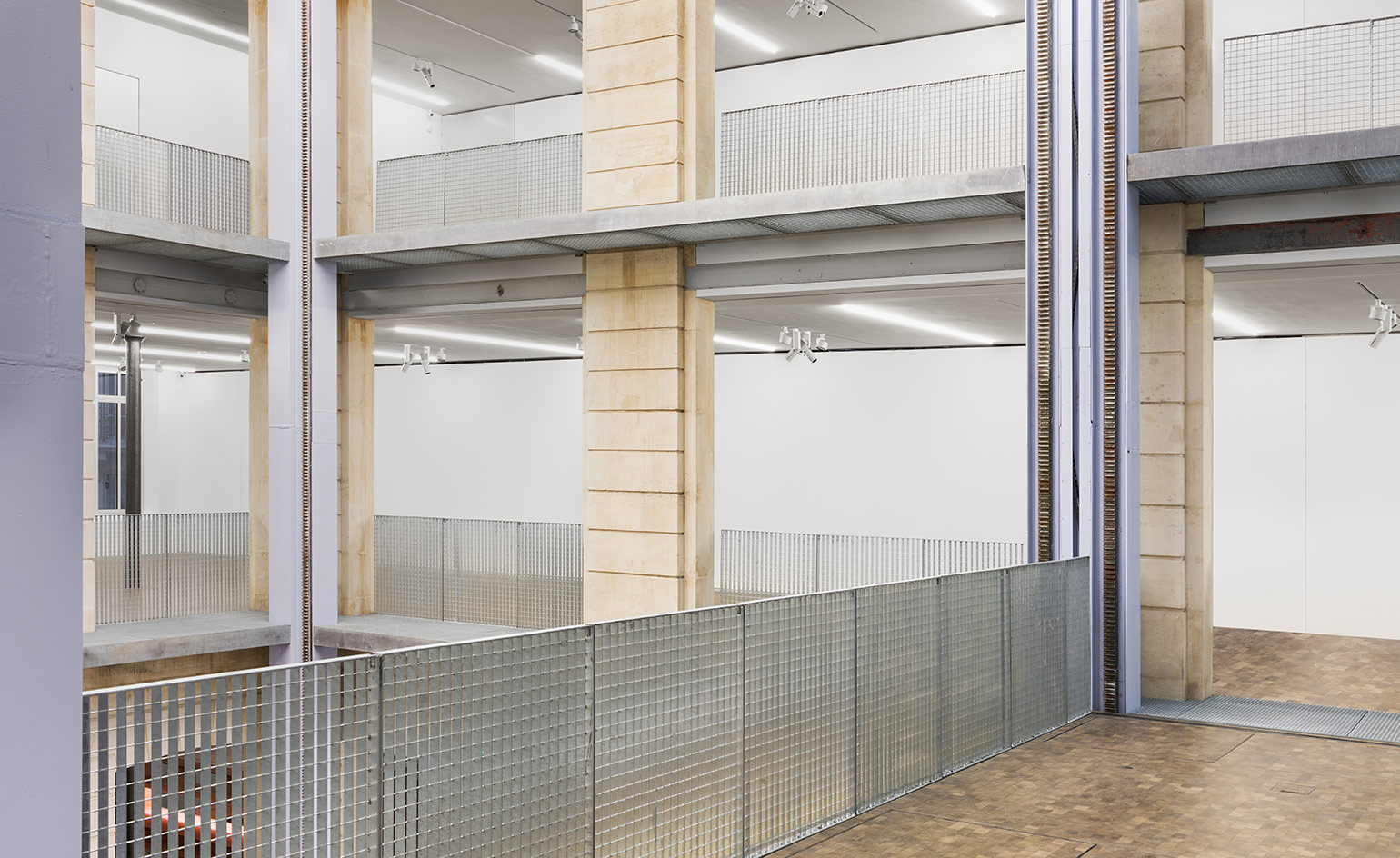
The ‘machine’ at its centre appears analogue in the extreme – a highly readable rack and pin system enabled the floors to move – and its clasped inside sturdy industrial-standard I-beams, those these are painted in the delicated mauve shade of fleur de lin
INFORMATION
For more information, visit the OMA website and the Lafayette Anticipations website
ADDRESS
9 Rue du Plâtre
75004 Paris
France
Wallpaper* Newsletter
Receive our daily digest of inspiration, escapism and design stories from around the world direct to your inbox.
Ellie Stathaki is the Architecture & Environment Director at Wallpaper*. She trained as an architect at the Aristotle University of Thessaloniki in Greece and studied architectural history at the Bartlett in London. Now an established journalist, she has been a member of the Wallpaper* team since 2006, visiting buildings across the globe and interviewing leading architects such as Tadao Ando and Rem Koolhaas. Ellie has also taken part in judging panels, moderated events, curated shows and contributed in books, such as The Contemporary House (Thames & Hudson, 2018), Glenn Sestig Architecture Diary (2020) and House London (2022).
-
 A Xingfa cement factory’s reimagining breathes new life into an abandoned industrial site
A Xingfa cement factory’s reimagining breathes new life into an abandoned industrial siteWe tour the Xingfa cement factory in China, where a redesign by landscape specialist SWA Group completely transforms an old industrial site into a lush park
By Daven Wu
-
 Put these emerging artists on your radar
Put these emerging artists on your radarThis crop of six new talents is poised to shake up the art world. Get to know them now
By Tianna Williams
-
 Dining at Pyrá feels like a Mediterranean kiss on both cheeks
Dining at Pyrá feels like a Mediterranean kiss on both cheeksDesigned by House of Dré, this Lonsdale Road addition dishes up an enticing fusion of Greek and Spanish cooking
By Sofia de la Cruz
-
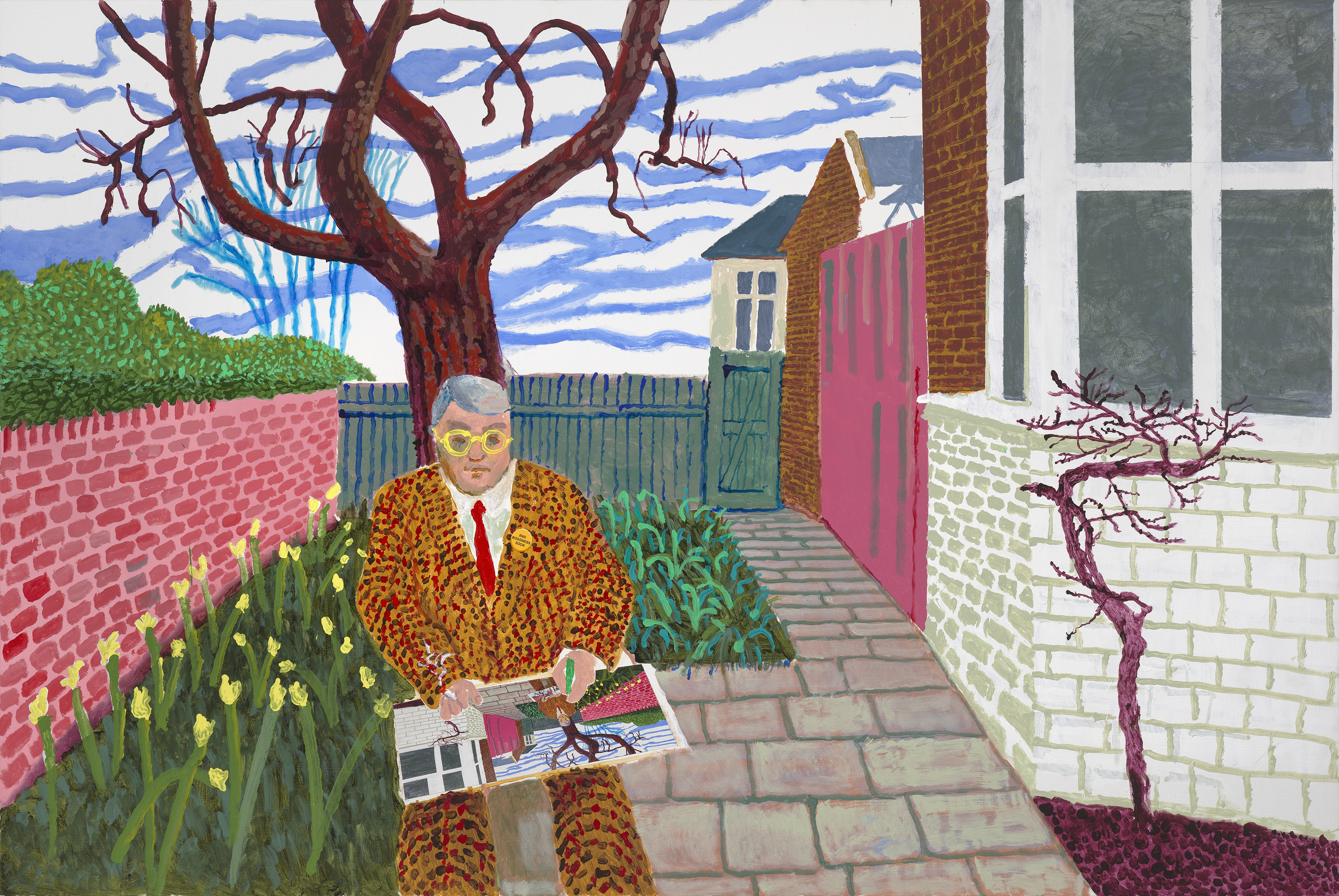 ‘David Hockney 25’: inside the artist’s blockbuster Paris show
‘David Hockney 25’: inside the artist’s blockbuster Paris show‘David Hockney 25’ has opened at Fondation Louis Vuitton in Paris. Wallpaper’s Hannah Silver took a tour of the colossal, colourful show
By Hannah Silver
-
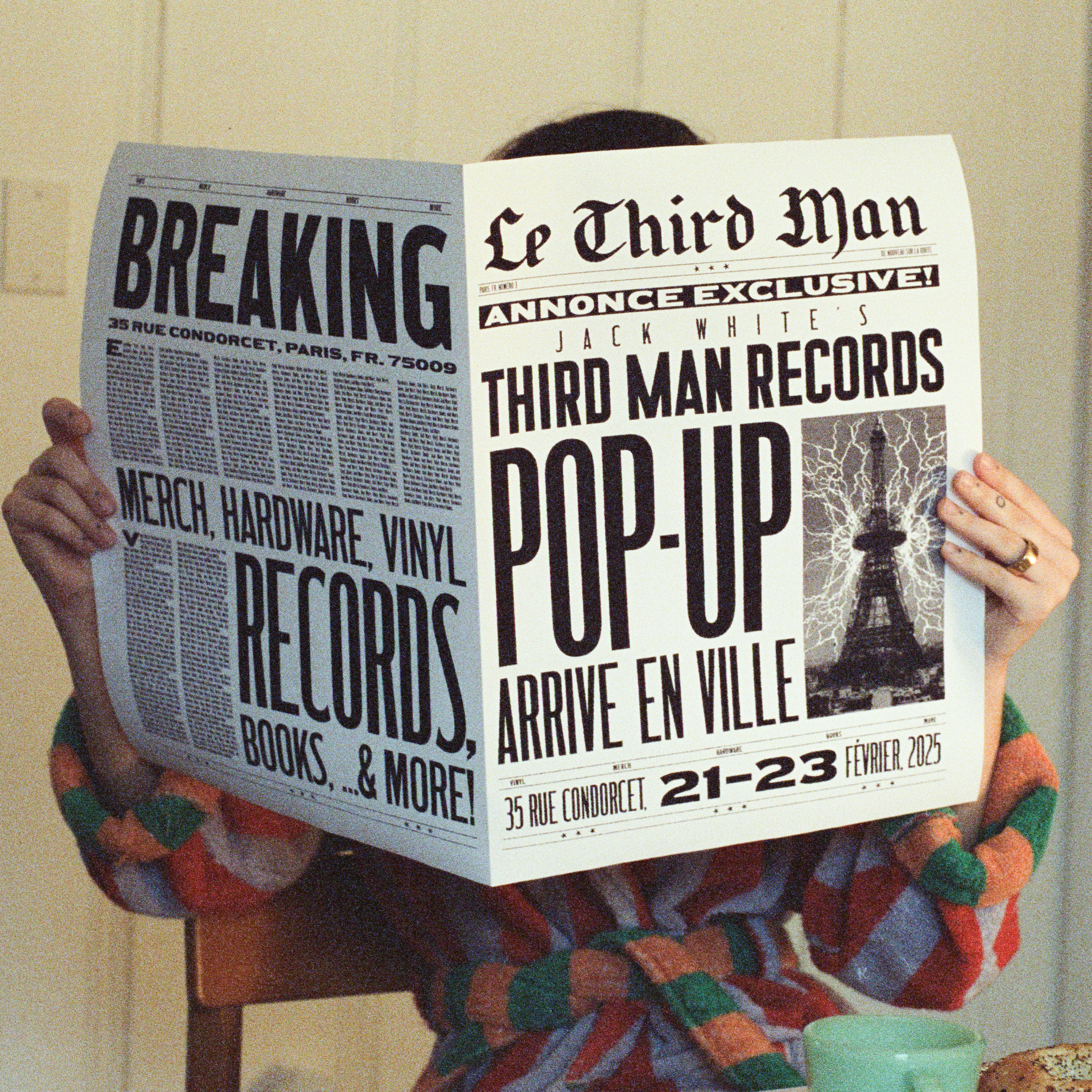 Jack White's Third Man Records opens a Paris pop-up
Jack White's Third Man Records opens a Paris pop-upJack White's immaculately-branded record store will set up shop in the 9th arrondissement this weekend
By Charlotte Gunn
-
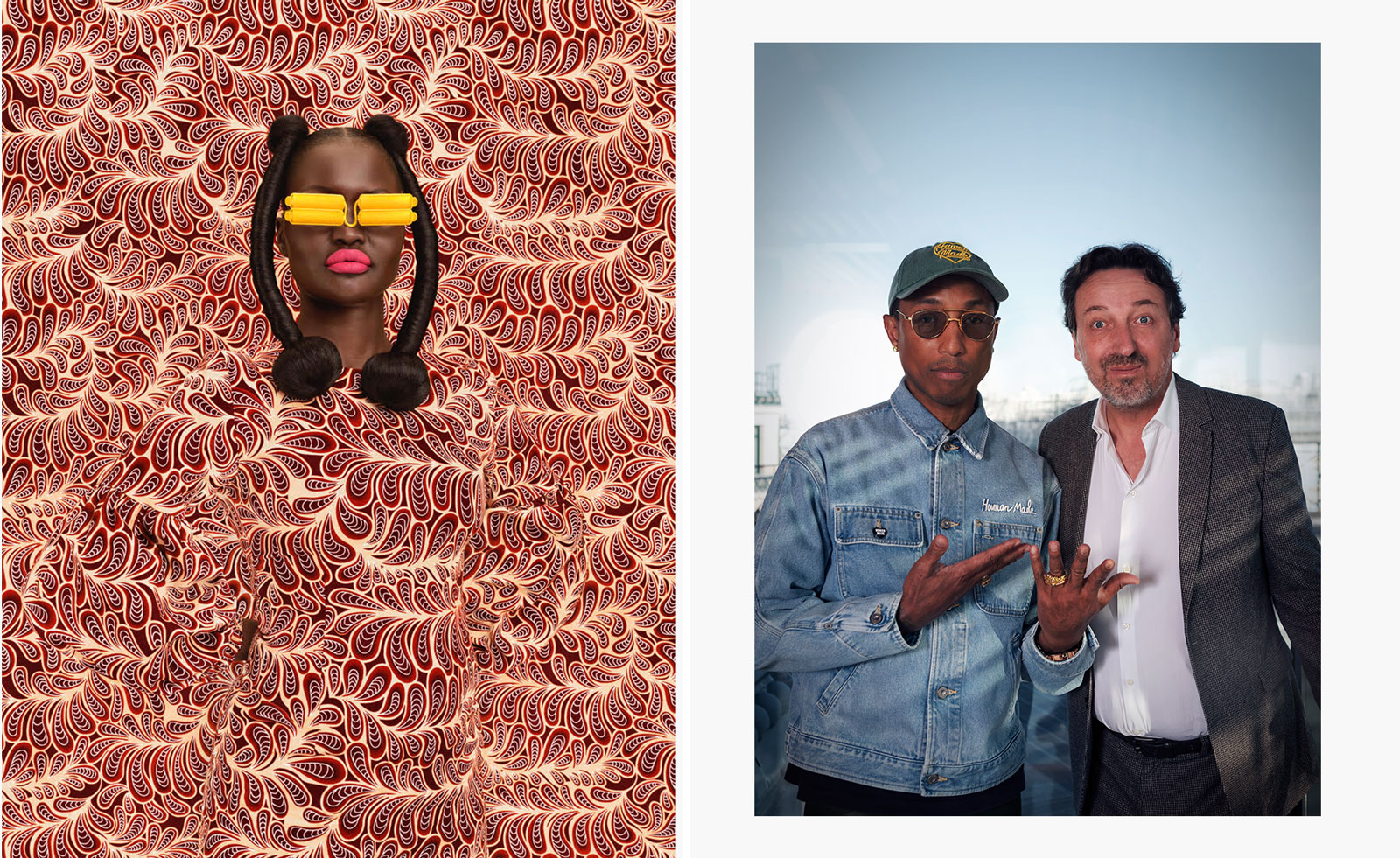 ‘The Black woman endures a gravity unlike any other’: Pharrell Williams explores diverse interpretations of femininity in Paris
‘The Black woman endures a gravity unlike any other’: Pharrell Williams explores diverse interpretations of femininity in ParisPharrell Williams returns to Perrotin gallery in Paris with a new group show which serves as an homage to Black women
By Amy Serafin
-
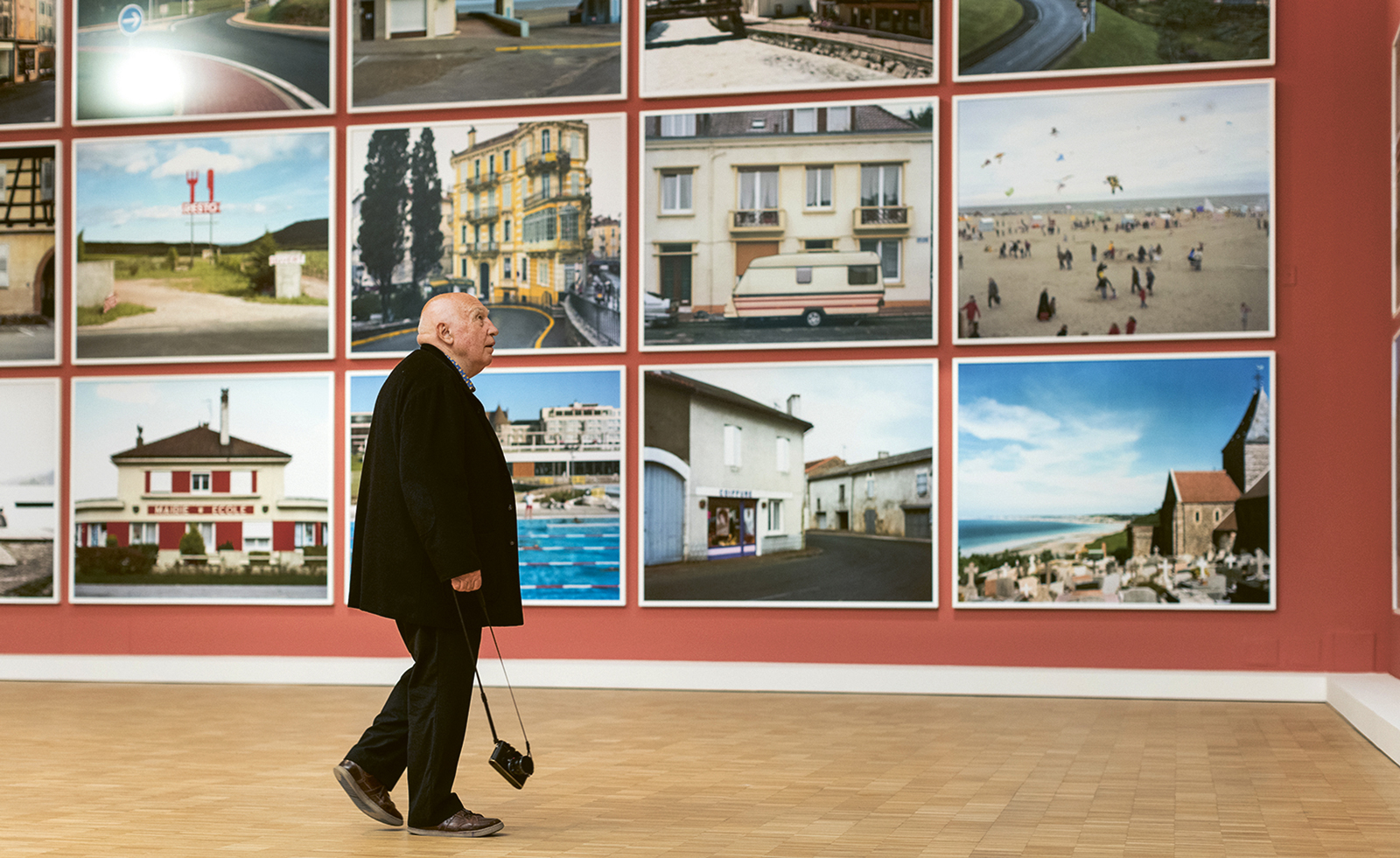 What makes fashion and art such good bedfellows?
What makes fashion and art such good bedfellows?There has always been a symbiosis between fashion and the art world. Here, we look at what makes the relationship such a successful one
By Amah-Rose Abrams
-
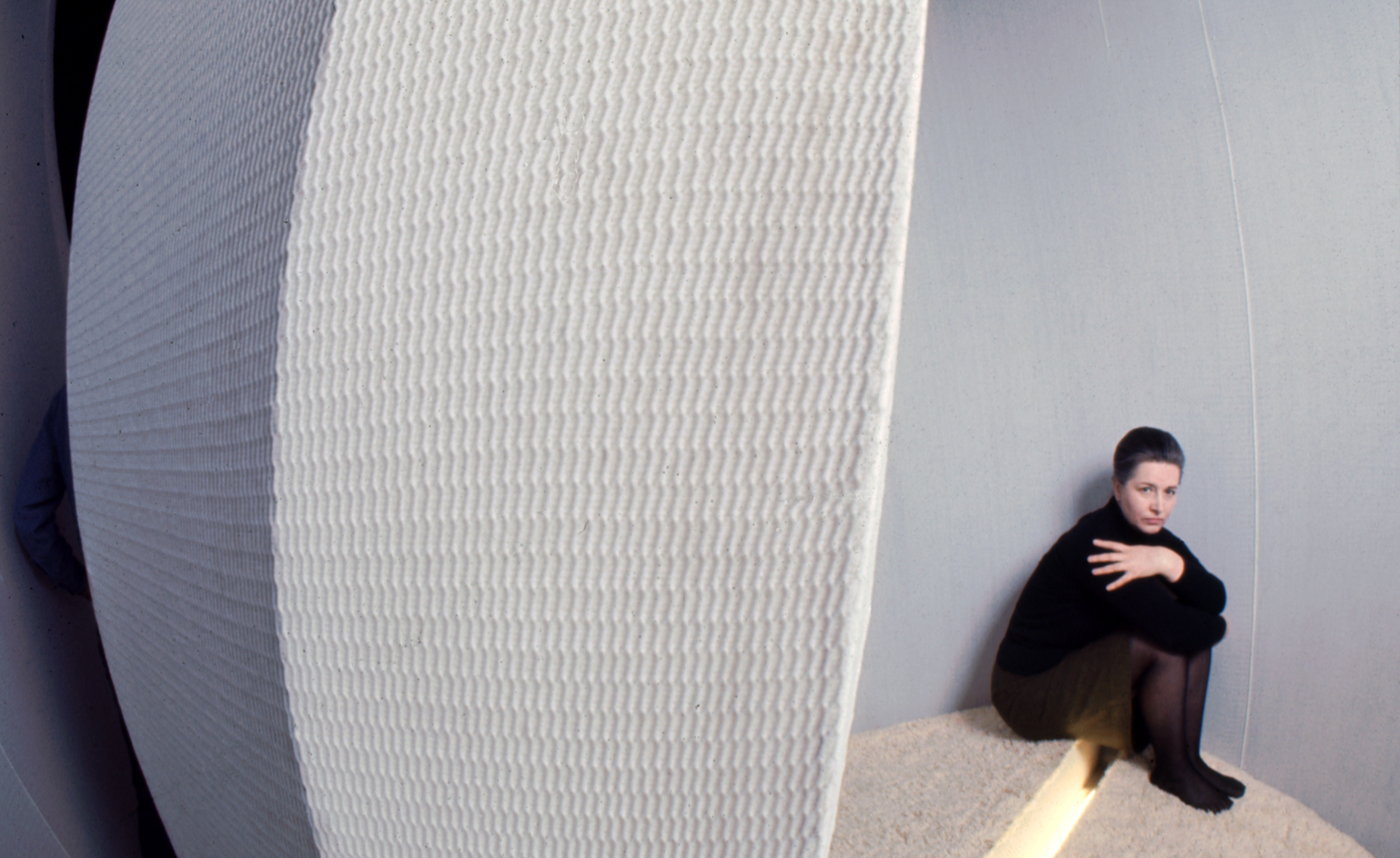 Architecture, sculpture and materials: female Lithuanian artists are celebrated in Nîmes
Architecture, sculpture and materials: female Lithuanian artists are celebrated in NîmesThe Carré d'Art in Nîmes, France, spotlights the work of Aleksandra Kasuba and Marija Olšauskaitė, as part of a nationwide celebration of Lithuanian culture
By Will Jennings
-
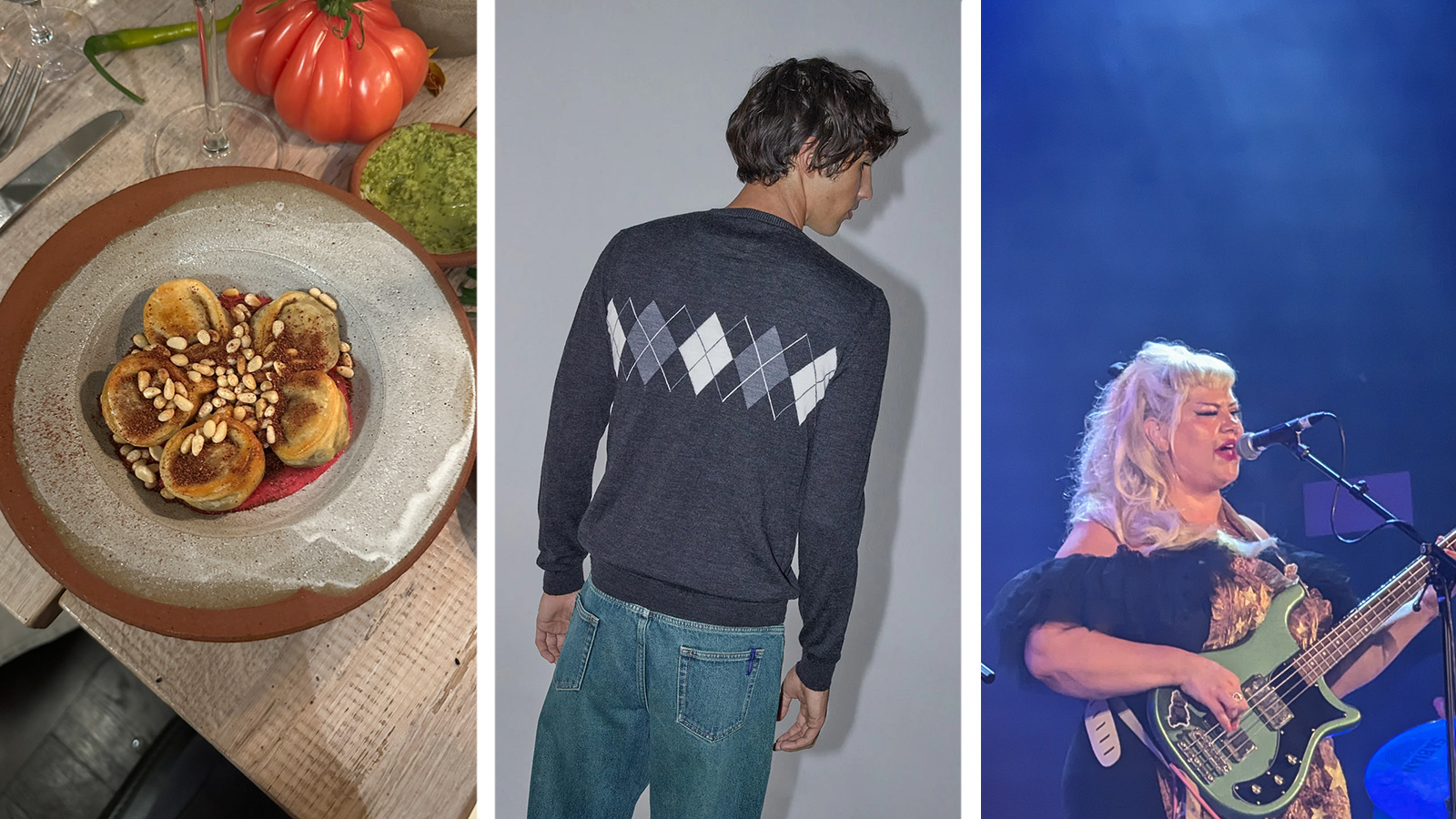 Out of office: what the Wallpaper* editors have been doing this week
Out of office: what the Wallpaper* editors have been doing this weekInvesting in quality knitwear, scouting a very special pair of earrings and dining with strangers are just some of the things keeping the Wallpaper* team occupied this week
By Bill Prince
-
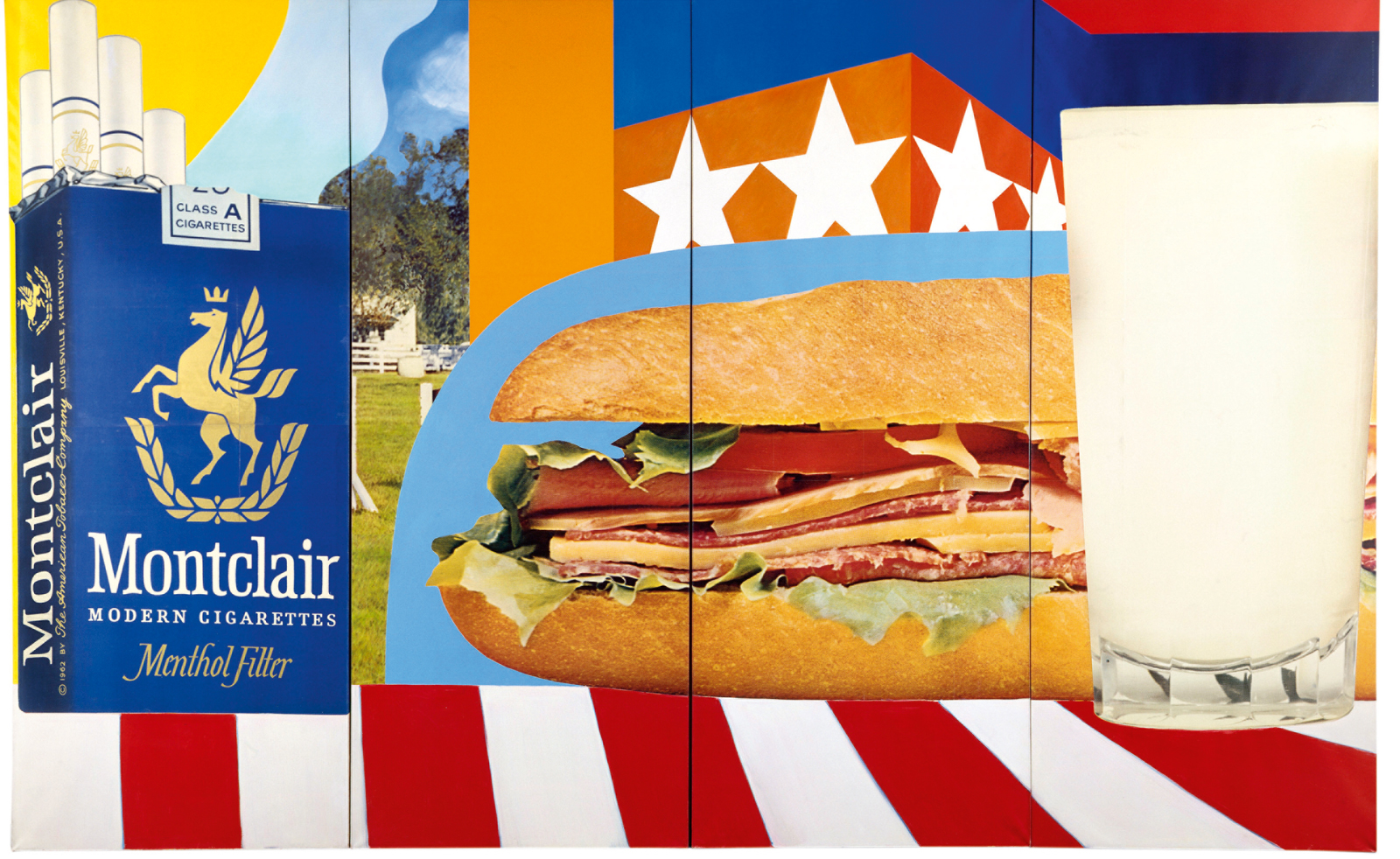 Tom Wesselmann’s enduring influence on pop art goes under the spotlight in Paris
Tom Wesselmann’s enduring influence on pop art goes under the spotlight in Paris‘Pop Forever, Tom Wesselmann &...’ is on view at Fondation Louis Vuitton in Paris until 24 February 2025
By Ann Binlot
-
 Miu Miu’s Women’s Tales film series comes to life for Art Basel Paris
Miu Miu’s Women’s Tales film series comes to life for Art Basel ParisIn ‘Tales & Tellers’, interdisciplinary artist Goshka Macuga brings Miu Miu’s Women’s Tales film series for Art Basel Paris to life for the public programme
By Amah-Rose Abrams